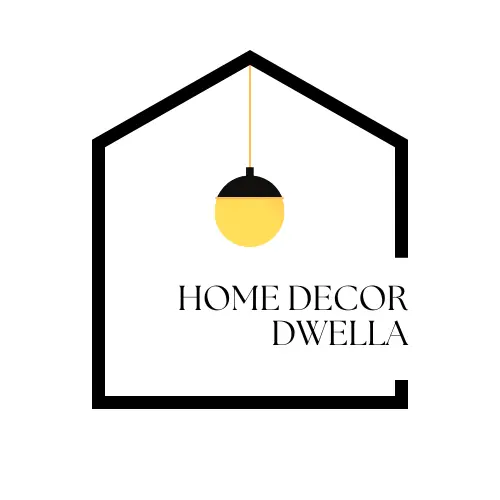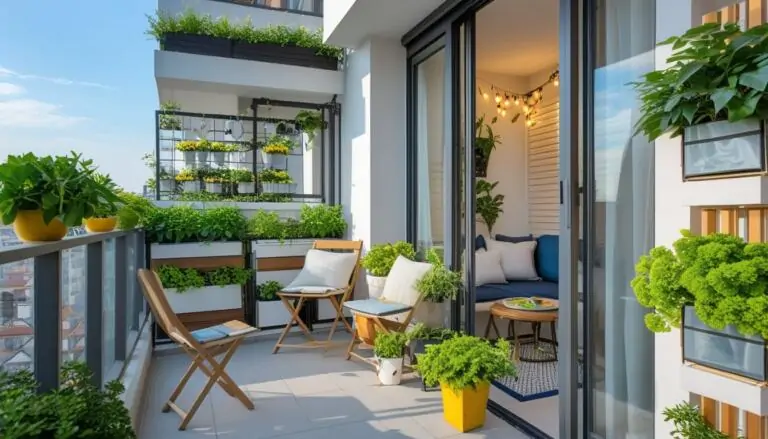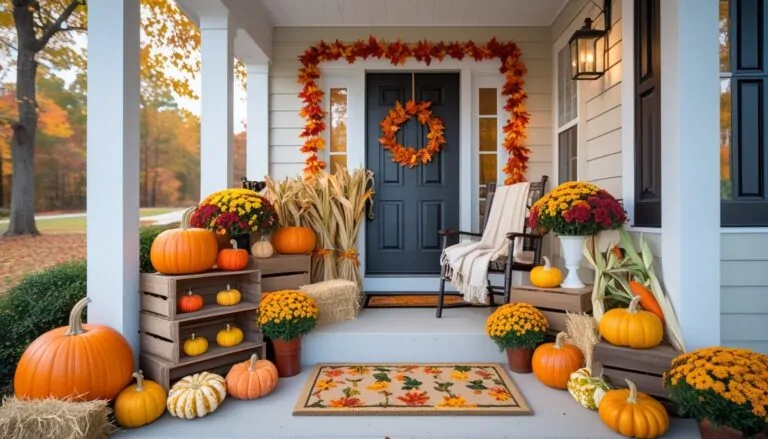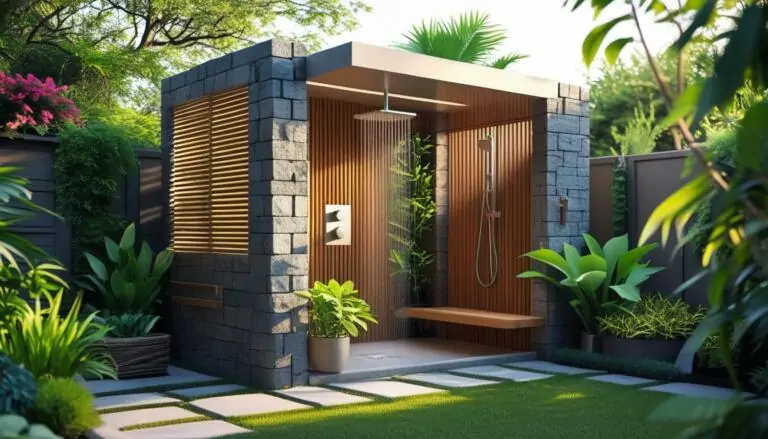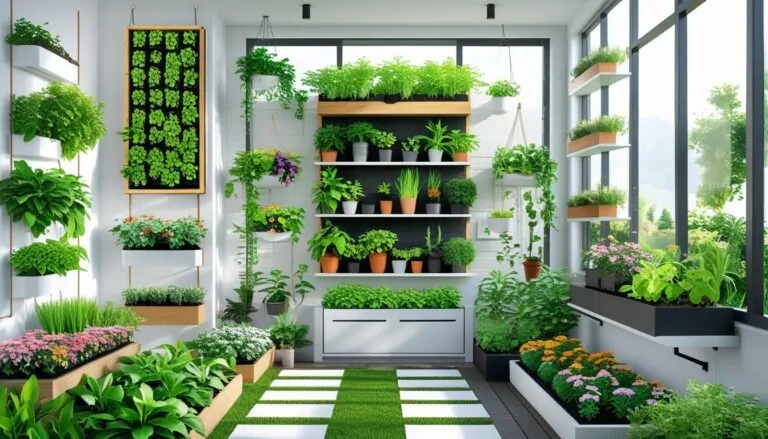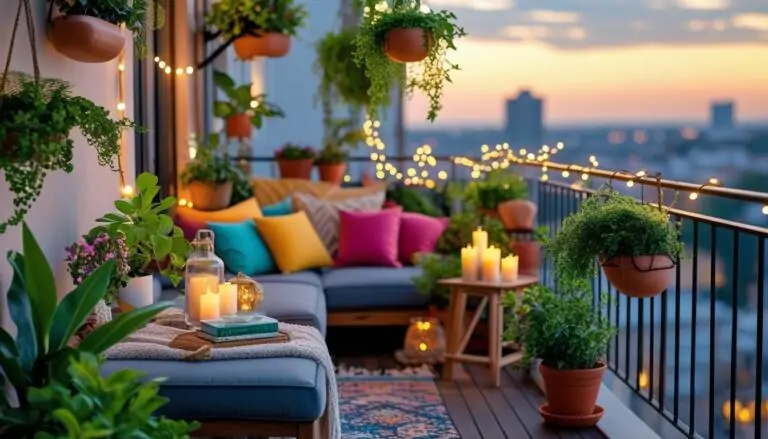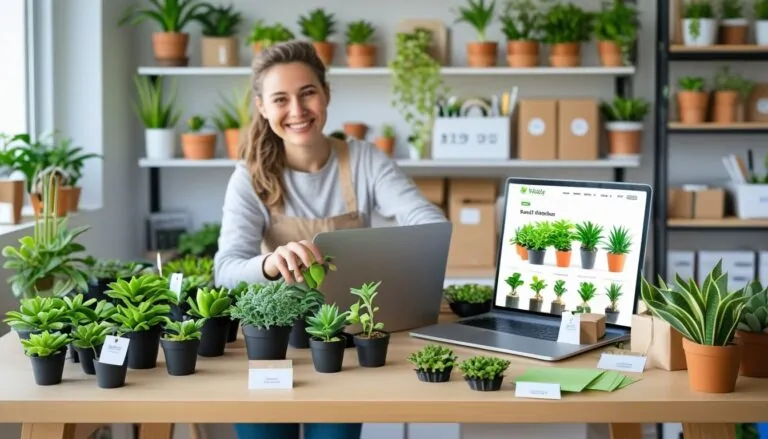Mini Pool Ideas for Small Spaces: 8 Practical Designs to Transform Your Yard
Mini pools offer a practical way to enjoy the benefits of a pool without requiring a large space or a big budget. They fit well into small backyards or compact outdoor areas, making them accessible for many homeowners. A mini pool can provide relaxation, exercise, and aesthetic appeal while being easier to maintain than larger pools.
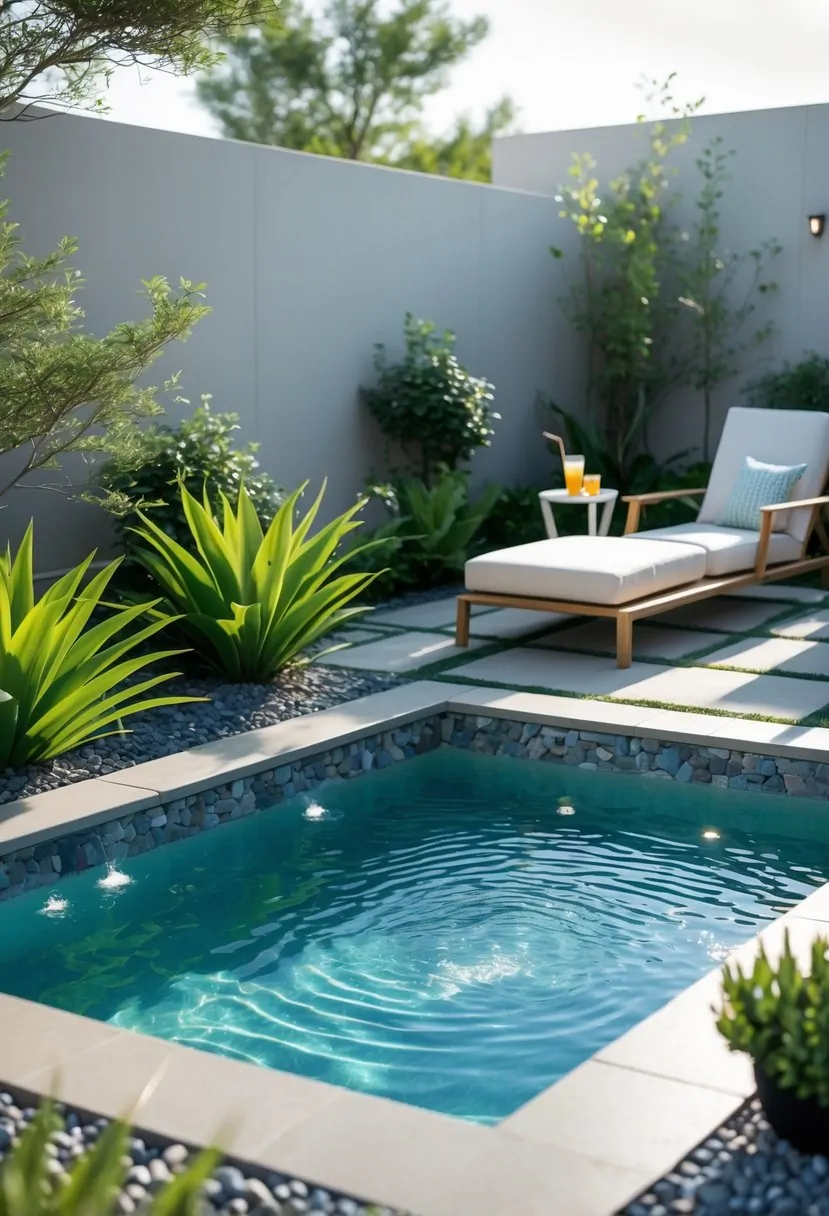
These small pools come in various styles and shapes, which allows people to choose options that suit their needs and preferences. With the right design, a mini pool can enhance the look of any outdoor area and create a pleasant environment for spending time outside.
1) Custom-shaped mini pools with artistic contours
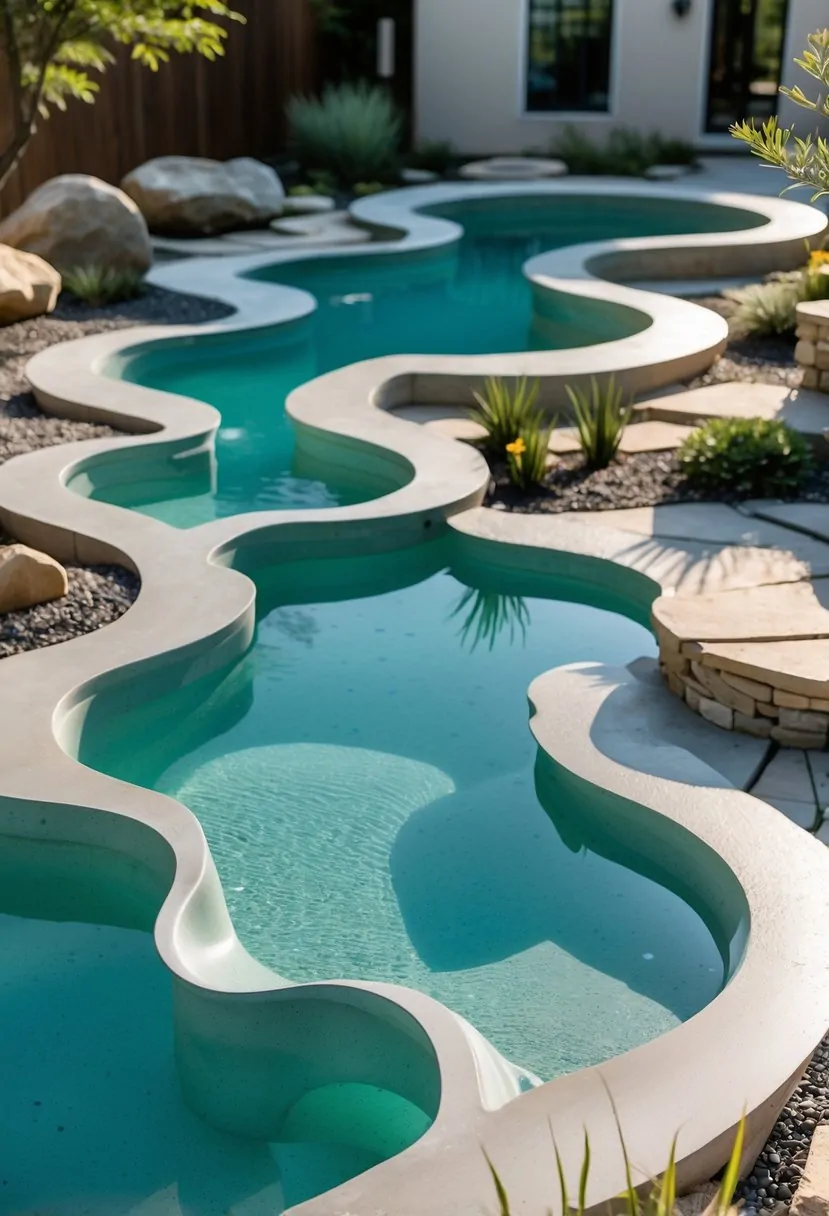
Custom-shaped mini pools offer unique designs that fit small yards well. They can have artistic curves or shapes inspired by nature or animals.
These pools add a personal touch without needing much space. Their creative contours help blend the pool with the surrounding landscape, making the area look natural and inviting.
2) Compact inground plunge pools
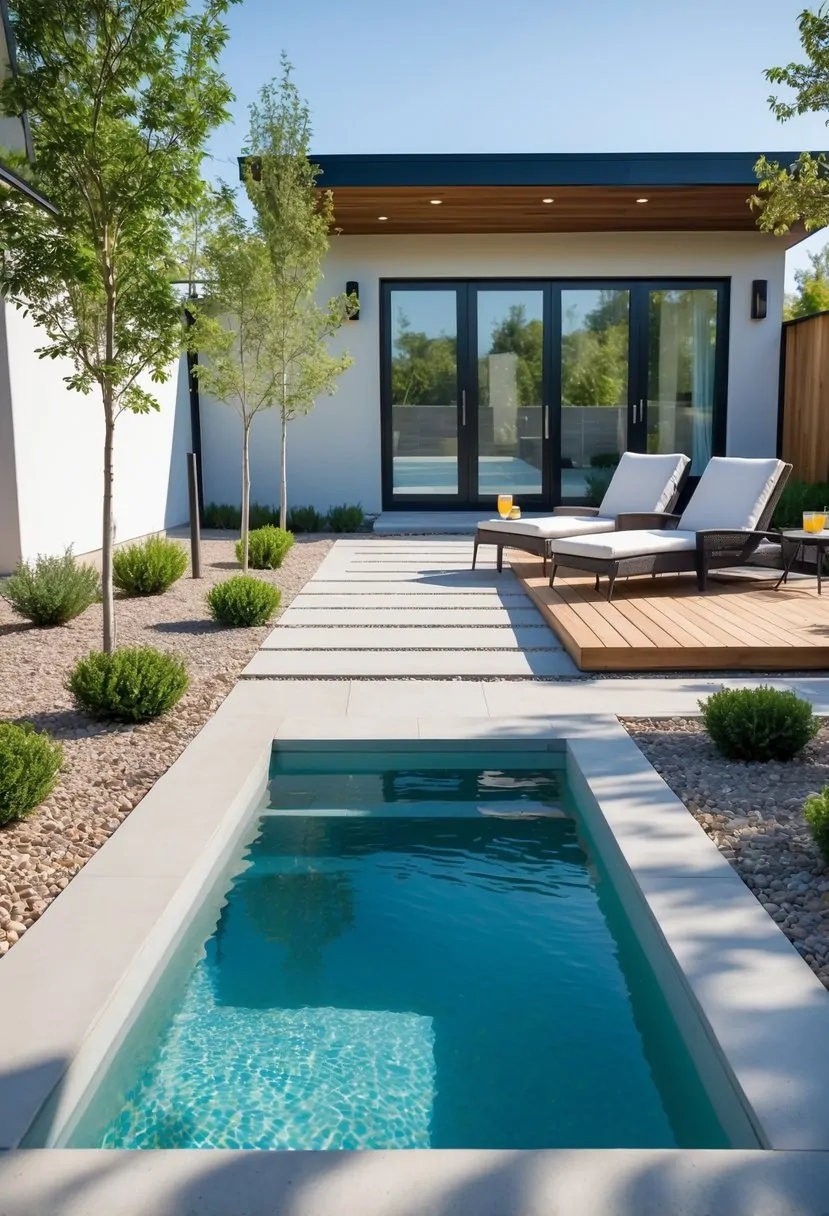
Compact inground plunge pools fit well in small yards. They usually measure between 6×10 and 10×16 feet.
These pools offer a cool spot to relax without taking much space. Some designs include built-in benches to improve comfort and usability.
Plunge pools work for cooling off in summer and adding style to a backyard. They can blend easily with garden areas.
3) Cocktail pools for socializing
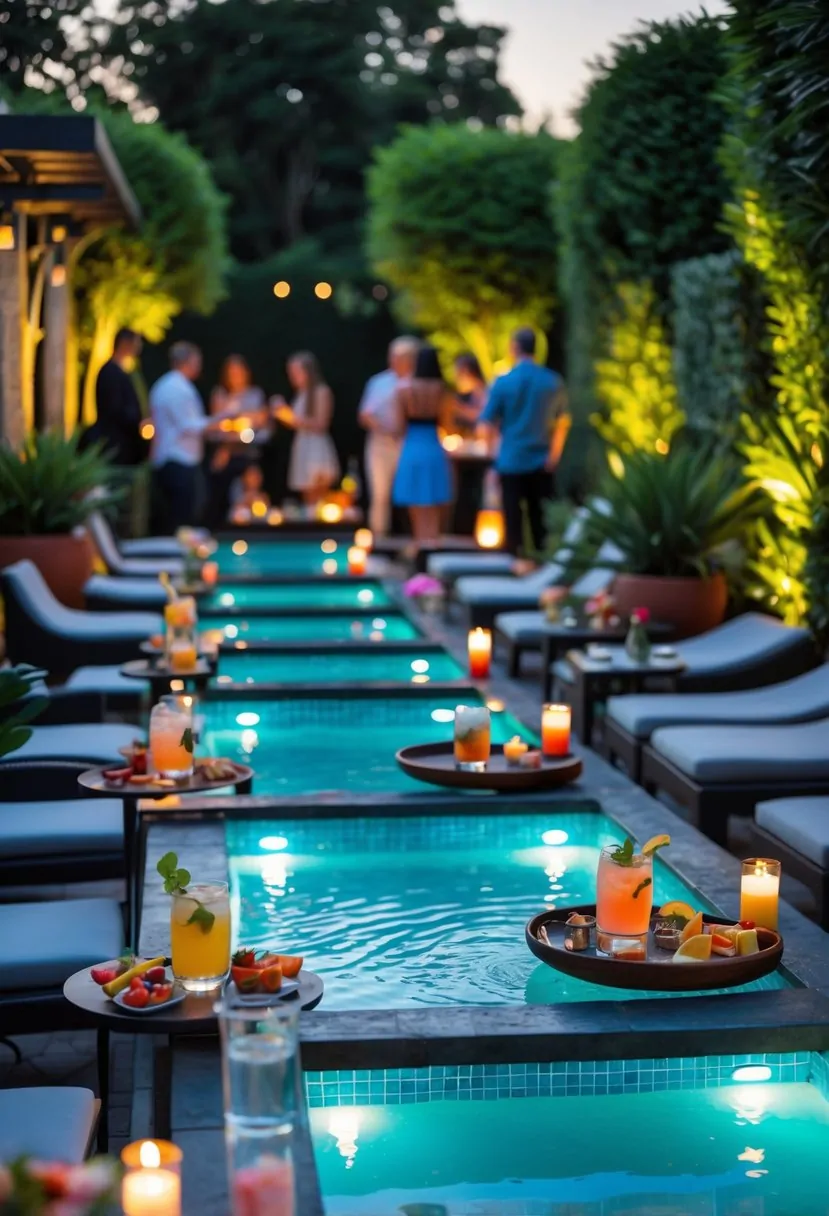
Cocktail pools are small, shallow pools designed for relaxing and chatting. They often fit well in tight spaces and serve as a social hub in backyards.
These pools typically have a depth of about 4 feet, making them ideal for sitting and lounging rather than swimming. Their size and shape encourage conversation and casual gatherings.
4) Stock tank pools for rustic charm
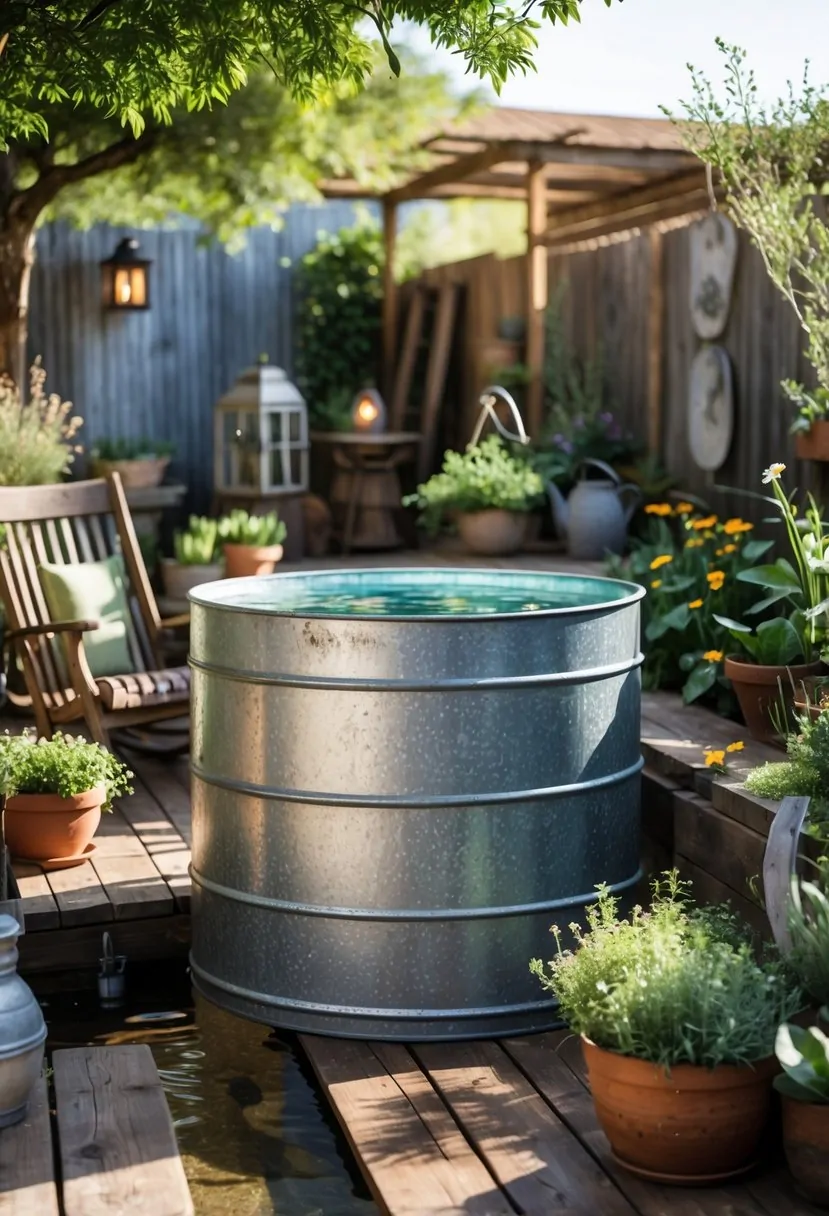
Stock tank pools add a simple, rustic feel to any backyard. They are easy to set up and budget-friendly.
Placing the pool near wooden decks or vintage furniture boosts the countryside vibe. Small details like lanterns or weathered wood enhance the look.
These pools work well for cooling off on hot days while fitting into a rustic outdoor style. They offer a practical, charming option for small spaces.
5) Sunken hot tubs integrated with pools
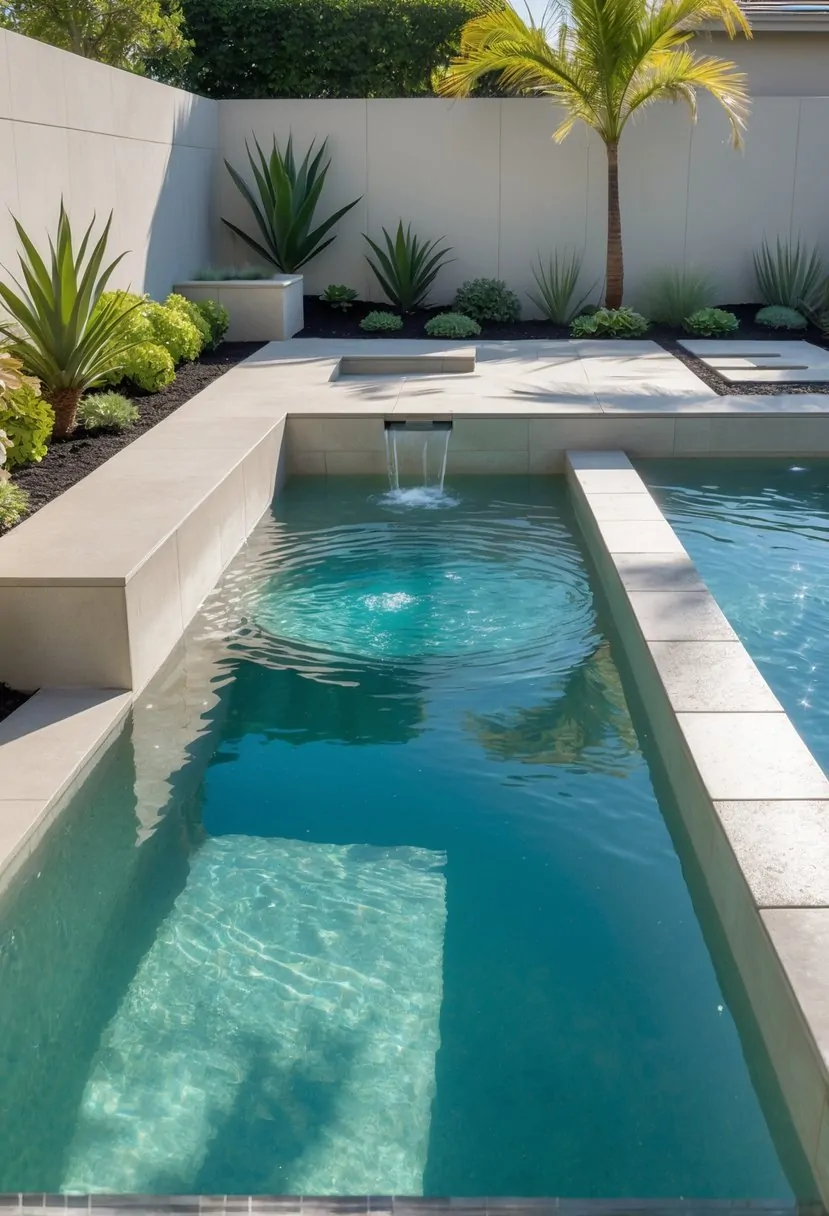
Sunken hot tubs fit smoothly into small pool designs, saving space while adding style. They create a unified look, blending the hot tub and pool into one feature.
This design works well for relaxing alone or with a small group. It also keeps the backyard open and less crowded.
6) Tiered pools for visual interest
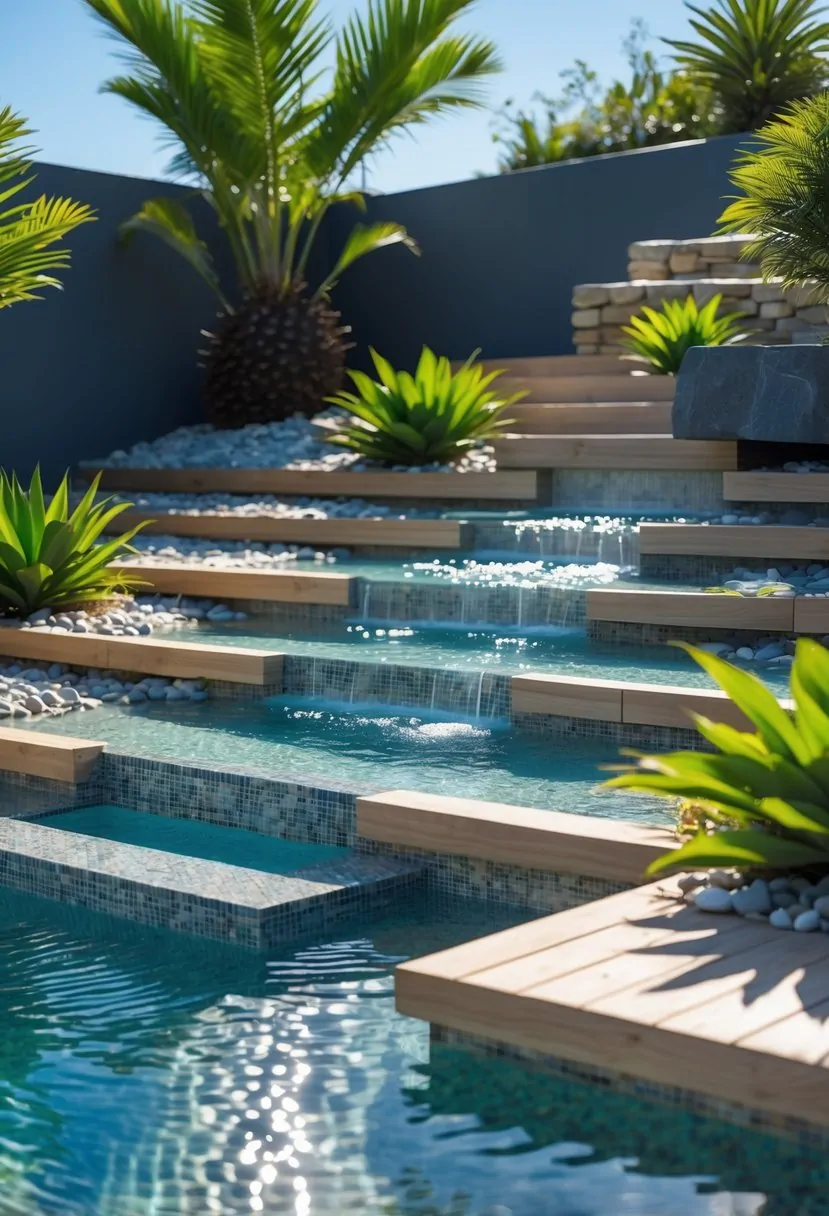
Tiered pools use different water levels to add depth and style to small spaces. They often have a raised spa or shallow area that flows into a larger swimming section. This design helps make a compact pool feel more dynamic and breaks up flat yard space. It also allows for better use of uneven terrain or slopes.
7) Lap pools for fitness
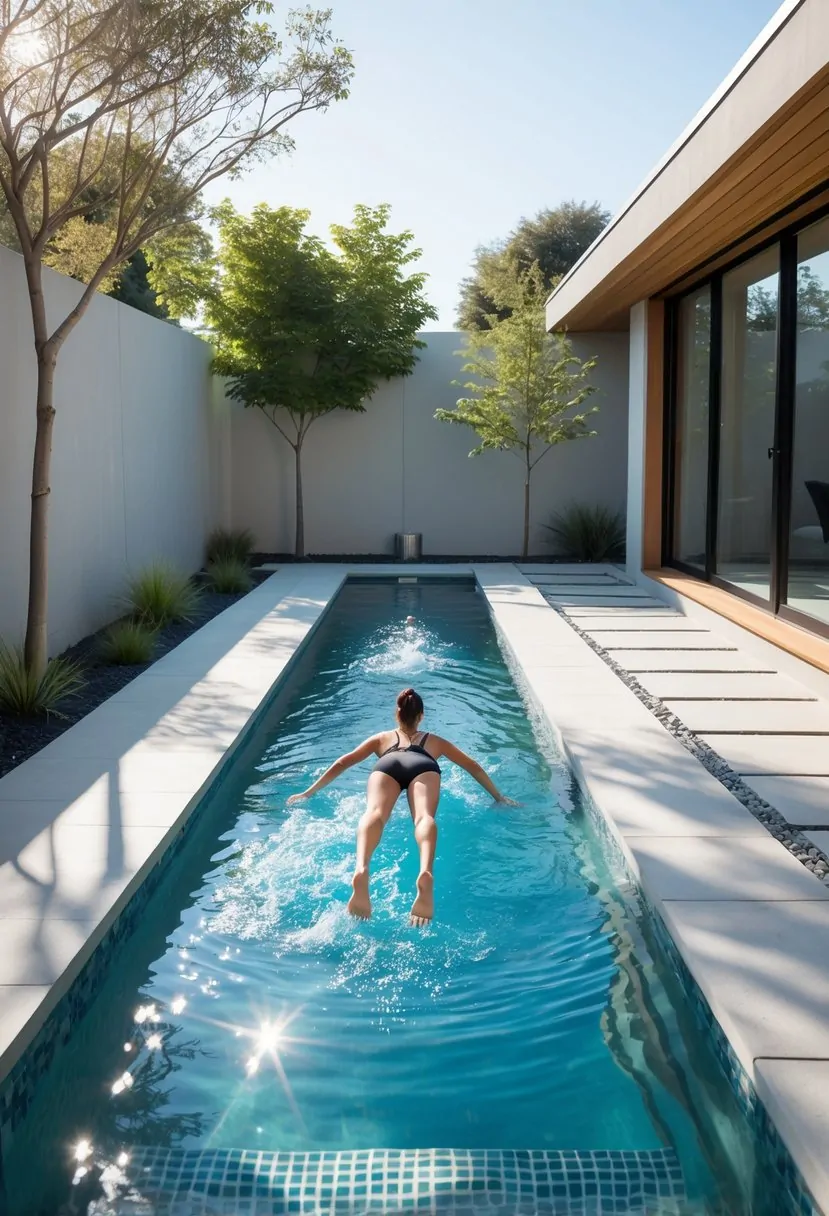
Lap pools are ideal for people who want to exercise at home. They are long and narrow, allowing for steady swimming without taking up much yard space.
These pools fit well in small backyards and provide a private area for fitness. Users can swim laps or use resistance currents for a good workout.
8) Mini pool houses as cabanas
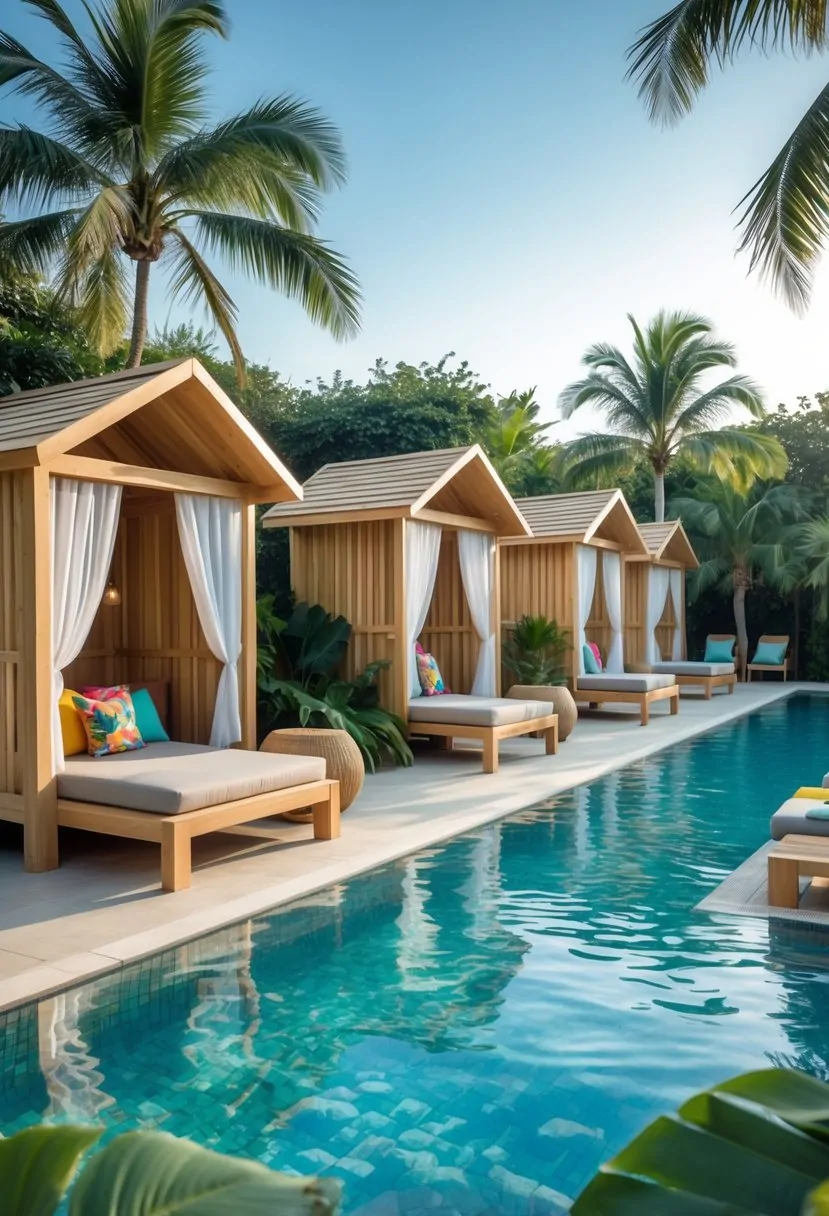
Mini pool houses can serve well as cabanas. They offer a small, cozy spot to relax by the pool.
These cabanas often include seating, shade, and storage for towels and pool supplies. They improve comfort without needing a lot of space.
Using design elements like natural materials or matching your home’s style helps create a seamless look. This makes the backyard feel more inviting.
Space Planning for Mini Pools
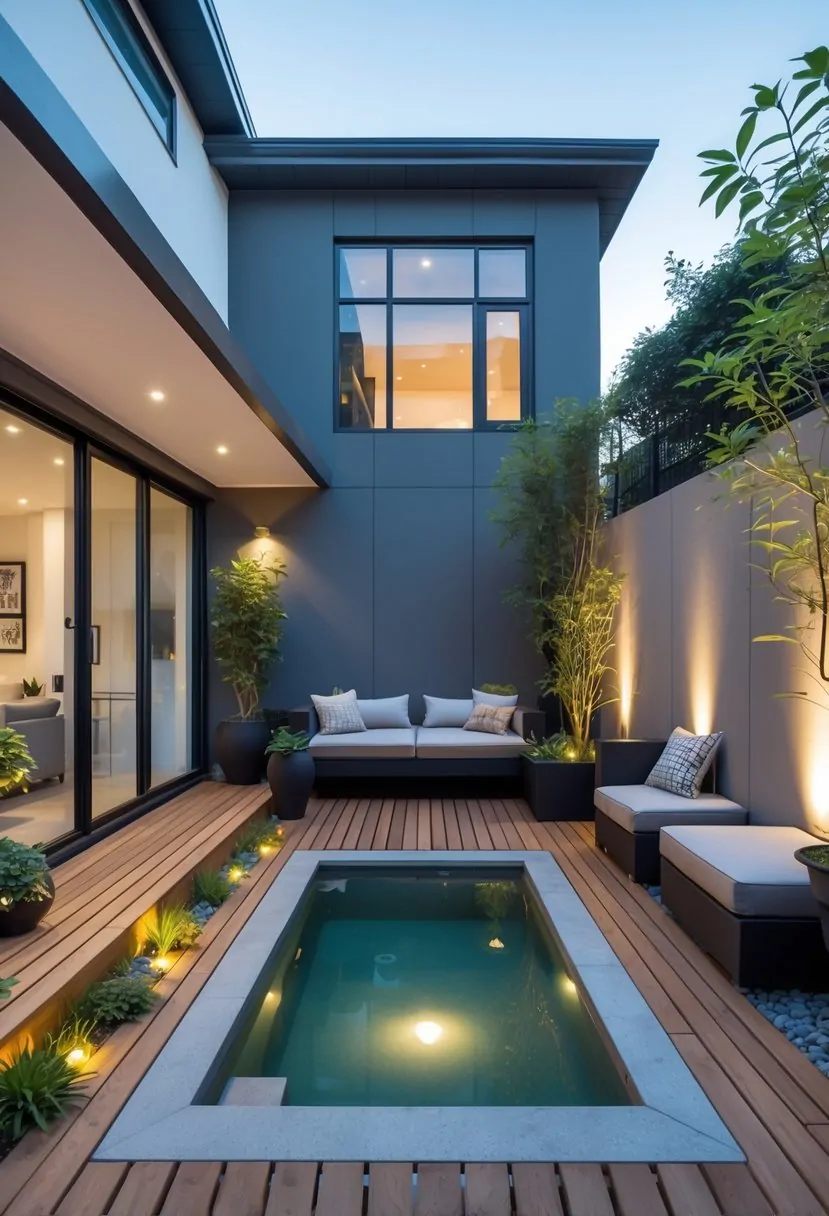
Planning a mini pool requires careful use of space to fit size, shape, and features into a small area. It’s important to find the right spot that allows easy access, fits the landscape, and keeps the pool functional and visually appealing.
Determining Optimal Placement
Choosing the best location depends on available yard space and landscape conditions. The spot should have enough clearance around the pool for safety and maintenance, usually a minimum of 3 feet on all sides.
Sun exposure is key. Placing the pool where it gets at least 6 hours of sunlight a day helps keep water warm and reduces the need for extra heating.
Avoid areas with heavy shade, underground utilities, or uneven ground. Also consider drainage to prevent water buildup near the pool.
Accessibility is important too. Locating the pool near patio doors or outdoor seating allows ease of use and better enjoyment.
Balancing Aesthetics and Functionality
The pool should blend with the home’s style and outdoor features. Using shapes like rectangles or freeform designs can fit different space types.
Adding built-in seating, steps, or decking around the pool increases usability without taking much room.
Materials should match or complement existing hardscaping, such as wood, stone, or concrete. This creates a cohesive look.
Lighting and landscaping can enhance both beauty and function by making the area inviting for day and night use.
A well-planned mini pool balances size, style, and practical needs within the limited space available.
Mini Pool Design Considerations
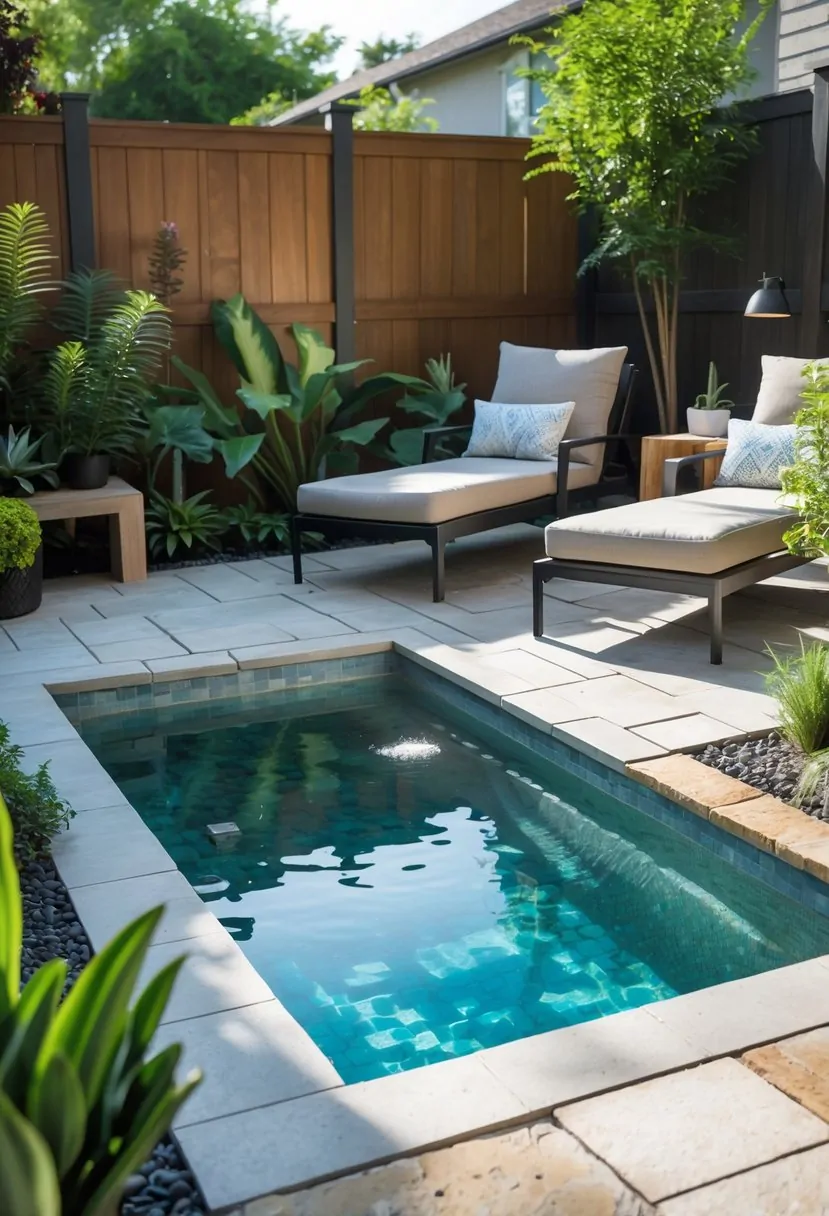
Building a mini pool requires attention to materials, features, and safety. Each choice affects the pool’s look, function, and how it fits into a small space. Careful planning ensures the pool is both attractive and practical.
Choosing Materials and Finishes
Materials should match the climate and style of the home. Concrete offers durability and can be shaped to fit tight spaces. Fiberglass pools come pre-made and install quickly, but they have limited shapes.
Finishes affect both comfort and appearance. Smooth plaster or pebble finishes are gentle on the skin and resist wear. Tiles add color and texture but require more upkeep.
For small pools, lighter colors make the water appear larger. Non-slip surfaces are important around the pool to prevent accidents, especially in confined spaces.
Incorporating Water Features
Water features add style and relaxation to mini pools. Compact waterfalls or bubblers create soothing sounds without taking up room.
Jet streams can provide a small area for exercise, such as swimming in place. Lighting underwater or around the pool enhances safety and extends pool use into the evening.
Simple features like built-in seating or narrow ledges help maximize space. It’s best to choose water features that don’t overpower the small area but add a visual or sensory benefit.
Safety for Small Spaces
Safety is critical, especially with limited room to move around the pool. Proper fencing or barriers should surround the pool to prevent unsupervised access.
Slip-resistant decking reduces the chance of falls. Clear sightlines from the house help with monitoring children and guests.
Pool covers provide a secure way to protect the water when the pool is not in use. Pool alarms can add extra security. Safety measures must balance protection without making the space feel cramped.
